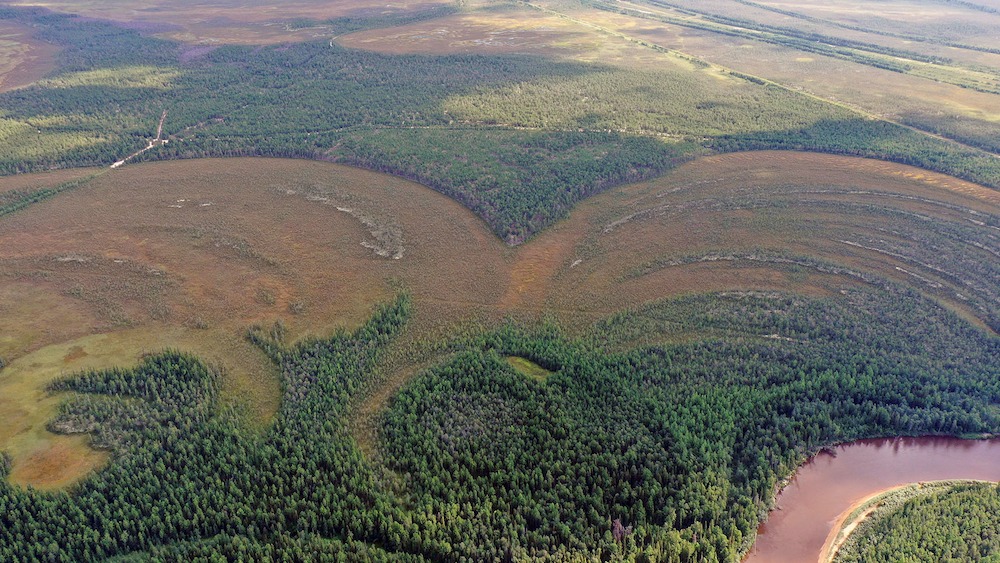World's oldest known fort was constructed by hunter-gatherers 8,000 years ago in Siberia
The fact that this Stone Age fort was built by hunter-gatherers is transforming our understanding of ancient human societies.

Hunter-gatherers built the oldest known fort in the world about 8,000 years ago in Siberia, a new study finds.
Archaeologists have long associated fortresses with permanent agricultural settlements. However, this cluster of fortified structures reveals that prehistoric groups were constructing protective edifices much earlier than originally thought.
The new research rewrites our understanding of early human societies, according to the study, published Dec. 1 in the journal Antiquity.
These hunter-gatherers "defy conventional stereotypes that depict such societies as basic and nomadic, unveiling their capacity to construct intricate structures," study co-author Tanja Schreiber, an archaeologist at Free University of Berlin, told Live Science in an email.
Located along the Amnya River in western Siberia, remains of the Amnya fort include roughly 20 pit-house depressions scattered across the site, which is divided into two sections: Amnya I and Amnya II. Radiocarbon dating confirmed that the settlement was first inhabited during the Mesolithic, or Middle Stone Age, according to the study.
When constructed, each pit house would have been protected by earthen walls and wooden palisades — two construction elements that suggest "advanced agricultural and defensive capabilities" by the inhabitants, the archaeologists said in a statement.
Related: Prehistoric population once lived in Siberia but mysteriously vanished, genetic study finds
Get the world’s most fascinating discoveries delivered straight to your inbox.
"One of the Amnya fort's most astonishing aspects is the discovery that approximately 8,000 years ago, hunter-gatherers in the Siberian Taiga built intricate defense structures," Schreiber said. "This challenges traditional assumptions that monumental constructions were solely the work of agricultural communities."
It's unknown what triggered the need for these fortified structures in the first place, but the strategic location overlooking the river would have not only been an ideal lookout point for potential threats but also allowed hunter-gatherers to keep tabs on their fishing and hunting grounds, the researchers noted.
It's also a mystery who ordered the fort's construction.
"It remains uncertain whether these constructions were commissioned by those in authority or if the entire community collaborated in constructing them for the purpose of protecting people or valuables," Schreiber said. "Ethnohistorical records offer a nuanced comprehension of these forts, disclosing various potential reasons for fortifying residences."
Ancient forts were built for a number of reasons, according to these records, "such as securing possessions or individuals, handling armed conflicts, addressing imbalances in attacker-defender ratios, thwarting raids and functioning as elaborate signals by influential chiefs," Schreiber said.
Jennifer Nalewicki is former Live Science staff writer and Salt Lake City-based journalist whose work has been featured in The New York Times, Smithsonian Magazine, Scientific American, Popular Mechanics and more. She covers several science topics from planet Earth to paleontology and archaeology to health and culture. Prior to freelancing, Jennifer held an Editor role at Time Inc. Jennifer has a bachelor's degree in Journalism from The University of Texas at Austin.


